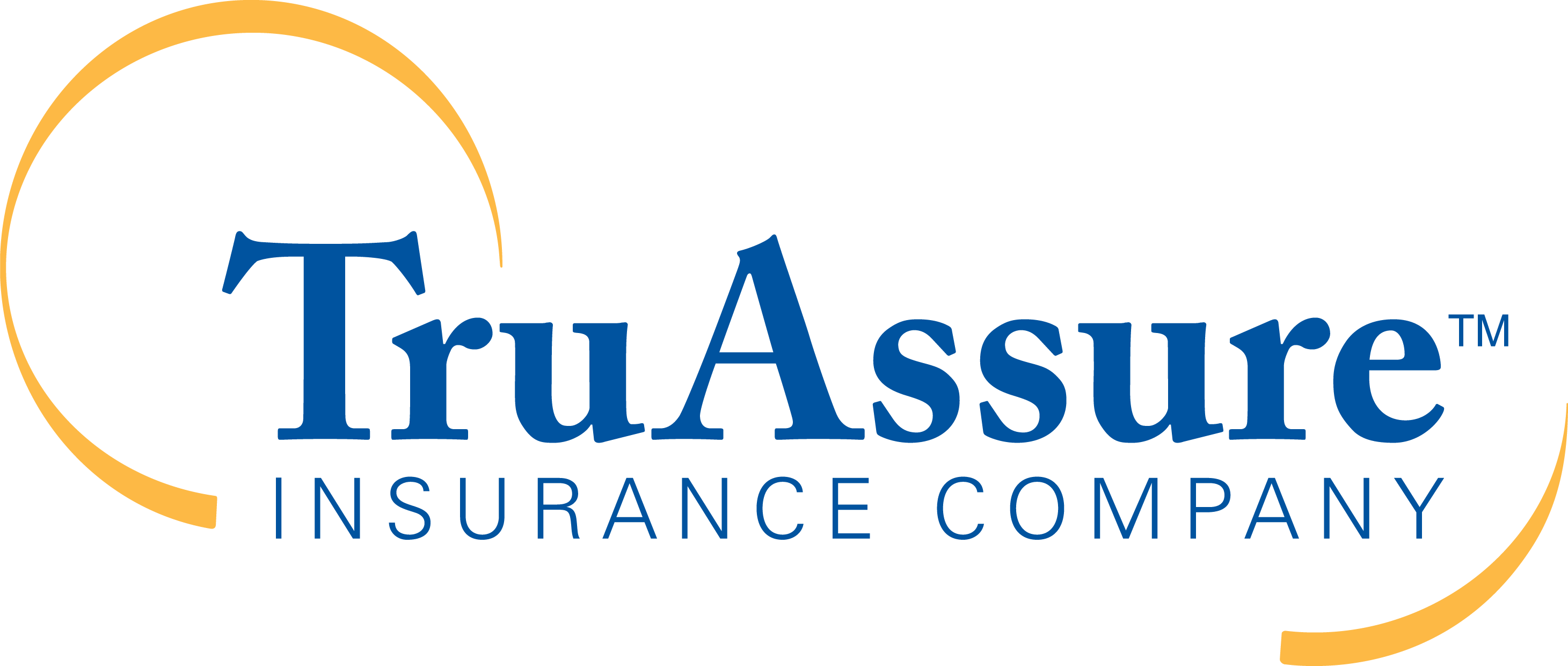Oral Hygiene – it’s best to follow a routine

Back-to-school time brings routines and order to a more relaxed summer household. As you establish new routines for the day, don’t forget your or your child’s oral health!
The importance of establishing an oral hygiene routine
Work, school, activities, and family time are often part of busy lives. Some days, you may feel you have no time to spare, but your smile and your overall health depend on simple dental care habits, such as brushing and flossing.1 Developing a good oral health routine and sticking to it daily will prevent dental problems, such as tooth decay. In fact, cavities are one of the most prevalent diseases among children. But even adults benefit when they are mindful of their daily oral hygiene.
Start a routine and stick to it – First thing in the morning and last thing at night works well for most. There are no hard and fast rules as long as you are consistent to at least twice a day. Mouth bacteria accumulate overnight so brushing after you wake up removes the germs. Brushing before bedtime removes food particles and plaque from the day.
Choose a fluoride toothpaste – Fluoride helps fight against tooth decay and provides a protective barrier for your teeth.
Brush properly – Brush your teeth for a full two minutes, spend an equal amount of time in each quadrant of your mouth. You can watch a clock, set a timer, listen to a song or even sing a song in your head as you brush.
- Hold your brush at a 45-degree angle pointed towards the gumline.2
- Using gentle circular motions, brush all the surfaces of your teeth (the sides and the chewing surface on top).
- If using an electric toothbrush, place the brush at a 45-degree angle, turn on the electric toothbrush and guide the brush slowly from tooth to tooth, following the shape of each tooth.
- Don’t forget to brush your tongue where plaque and bacteria can build up.
Floss once a day – There are many varieties of dental floss, including ready-to-use dental flossers that help make flossing easier for children or those adults with arthritis.
- Use about 18 inches of floss and wind most of it around one finger of one hand. Wind the remaining end around one finger of the opposite hand. This finger will take the floss that becomes dirty.
- Hold the floss between your thumbs and forefingers and guide it between your teeth using a gentle rubbing motion. As it reaches the gum line, curve into a C-shape against one tooth. Gently slide it into the space between the gum and the tooth, gently rub the side of the tooth, moving the floss away from the gum with up and down motions.3
- Repeat for each tooth, including the back teeth.
Consider using a mouthwash – Mouthwashes can help prevent tooth decay, reduce plaque, prevent or reduce gingivitis (an early stage of gum disease) and freshen breath.4
Visit the dentist at least twice a year – Even the best oral hygiene routines should include seeing the dentist regularly. A dentist can remove hardened calculus from teeth, look for cavities and are able to spot potential issues that could also affect your overall health.
Additional tips
- Replace your toothbrush every 3 months or after an illness. You may need to replace your toothbrush sooner if the bristles become frayed.
- To encourage brushing, allow your child to pick his/her own toothbrush (offer American Dental Association Seal of Acceptance options).
- Drink water to remain hydrated and eat a healthy, balanced diet.
By following these tips, you and your family are sure to have healthy smiles this school year and beyond.
1 https://www.mayoclinic.org/healthy-lifestyle/adult-health/in-depth/dental/art-20045536
2 https://www.mouthhealthy.org/en/az-topics/b/brushing-your-teeth
3 https://www.mouthhealthy.org/en/az-topics/f/Flossing%20Steps
4 https://www.mouthhealthy.org/en/az-topics/m/mouthwash


Add comment